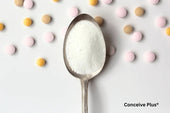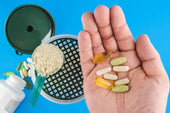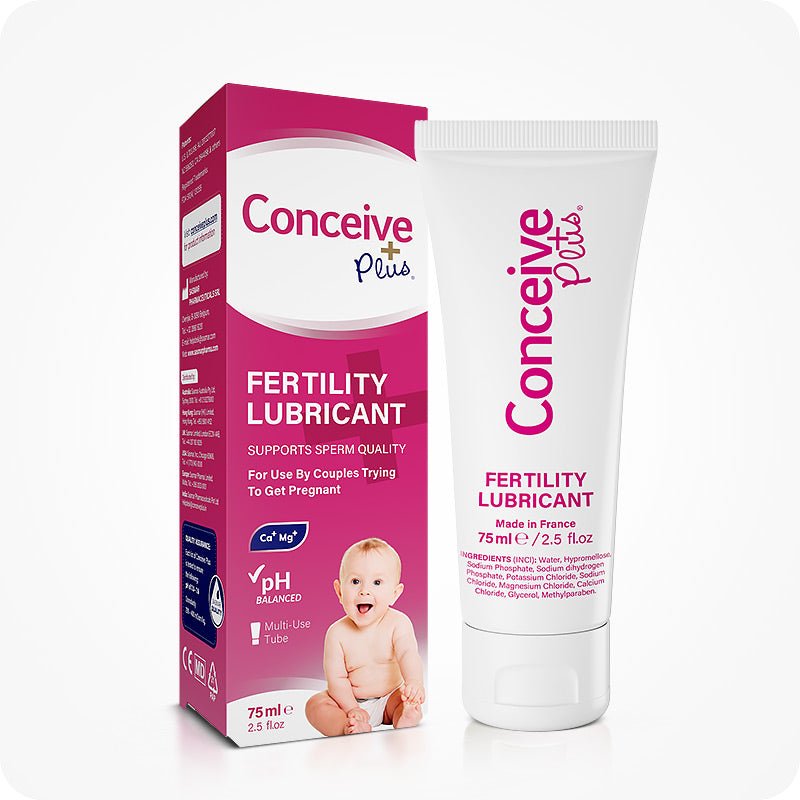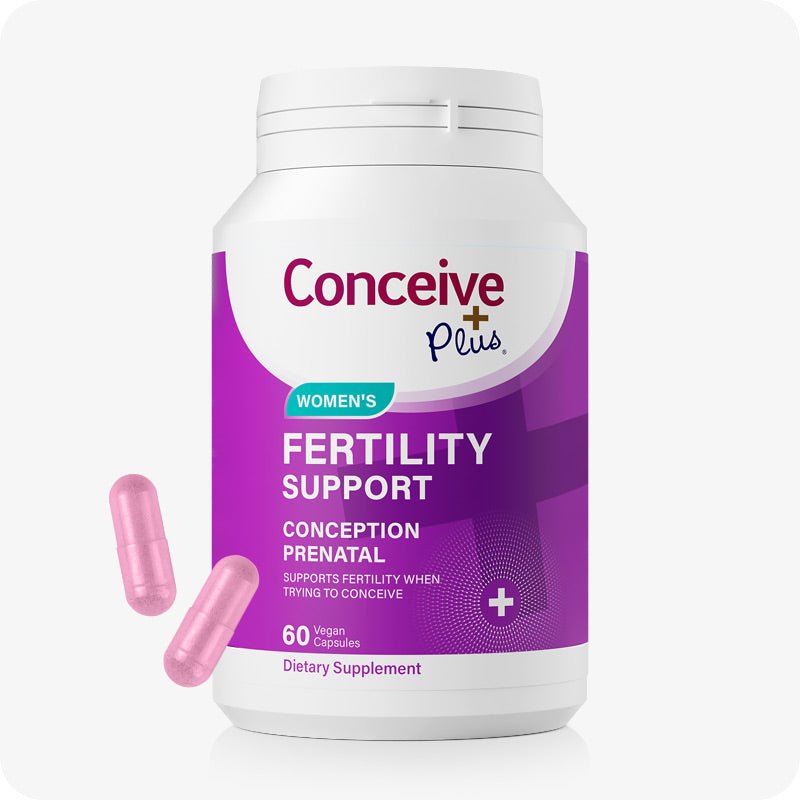A Guide to the Most Important Inositol Types for Health

Inositol types encompass a family of nine stereoisomers that quietly influence everything from cell signaling to metabolic balance. Despite sharing the same molecular formula, each form bends light differently and steers distinct biological pathways. It encompasses a group of naturally occurring sugar alcohols, each with distinct structures and physiological roles. These compounds are integral to various biological processes, including cell signaling, insulin modulation, and neurological function.
When comparing myo inositol vs d chiro inositol, research highlights myo-inositol's broader metabolic support while D-chiro-inositol excels in optimizing insulin sensitivity, making their combined use particularly effective for conditions like PCOS.
Exploring the Various Forms of Inositol
Inositol exists in nine stereoisomeric forms, with myo-inositol being the most prevalent in nature. Other notable isomers include D-chiro-inositol, scyllo-inositol, and inositol hexaphosphate (IP6). Each isomer plays unique roles in human health, contributing to processes such as glucose metabolism and cellular communication [1].
How Structure Shapes Function
Stereochemistry decides receptor affinity. Myo‑inositol anchors phosphatidylinositol membranes that relay hormonal messages. D‑chiro favors glycogen synthesis in muscle, whereas scyllo may temper anxiety through GABAergic modulation. Meanwhile, inositol hexaphosphate—better known as phytic acid—chelates minerals in plants and exhibits antioxidant properties in humans, fueling the ongoing debate of “inositol hexaphosphate vs inositol” for supplementation strategies [2].
From Diet to Supplement Shelf
Whole grains, beans, and citrus fruit provide free or phosphated inositols, yet modern processing strips much of this content. Supplements therefore step in. Powders deliver gram‑level doses for metabolic support, capsules combine isomers in fixed ratios, and liposomal liquids promise higher absorption. Some prenatal formulas include a 40:1 myo‑ to D‑chiro‑inositol mix to mirror ovarian fluid.
Clinical Niches and Emerging Evidence
Polycystic ovary syndrome studies consistently report improved ovulation and lowered androgen levels with myo and D‑chiro blends. Psychiatric trials explore scyllo for obsessive‑compulsive tendencies and panic disorder, while early oncology research examines inositol hexaphosphate for inhibiting aberrant cell proliferation. Though results look promising, dose, duration, and isomer choice remain under investigation [3].
If you're interested in learning more about how myo inositol can support hormonal regulation and ease PCOS symptoms, be sure to read our article "The Myo Inositol PCOS Link: A Natural Tool for Hormonal Regulation."
Clarifying Common Confusion
Consumers often ask, “is inositol and myo inositol the same?” Technically, myo is just one member of the inositol family, yet supplement labels sometimes use the terms interchangeably. Likewise, the query “is myo inositol the same as inositol” underscores marketing ambiguity; discerning shoppers should scan ingredient panels for specific isomers rather than generic names [4].
Safety and Interactions
Typical intakes up to 4 g of myo‑inositol daily are well tolerated, with mild gastrointestinal upset as the main complaint. High doses of inositol hexaphosphate may impair mineral absorption, especially iron and zinc, if taken alongside meals. People on lithium or antidiabetic drugs should consult clinicians, as inositols can alter neurotransmitter turnover and glucose handling.
Future Directions
Ongoing trials map gene–isomer interactions, exploring whether personalized ratios can fine‑tune insulin pathways or neurotransmitter tone. Advances in sustained‑release formulations could reduce dosing frequency, improving adherence among people pursuing metabolic and mental‑health goals [5].
Practical Takeaways
Match the isomer to the goal: myo for metabolic and reproductive support, D‑chiro for insulin signaling, scyllo for mood, and hexaphosphate for antioxidant aims. Combine dietary sources with evidence‑based supplements, monitor response, and adjust under professional guidance.
For deeper insights on the best time to take inositol—and to learn how myo-inositol compares with D-chiro inositol—check out our guide "Best Time to Take Inositol and the Differences Between Myo Inositol and D Chiro Inositol."
The Bottom Line
Though inositol types differ subtly yet act profoundly, understanding their individual strengths empowers targeted, science‑aligned supplementation. Whether one is comparing inositol hexaphosphate vs inositol or disentangling labeling quirks, informed choices turn this humble sugar alcohol into a precision tool for wellness.
References
- Siracusa L, Napoli E, Ruberto G. Novel Chemical and Biological Insights of Inositol Derivatives in Mediterranean Plants. Molecules. 2022 Feb 24;27(5):1525. doi: 10.3390/molecules27051525. PMID: 35268625; PMCID: PMC8912080.
- Pintaudi B, Di Vieste G, Bonomo M. The Effectiveness of Myo-Inositol and D-Chiro Inositol Treatment in Type 2 Diabetes. Int J Endocrinol. 2016;2016:9132052. doi: 10.1155/2016/9132052. Epub 2016 Oct 11. PMID: 27807448; PMCID: PMC5078644.
- H K Ortmeyer, L C Huang, L Zhang, B C Hansen, J Larner, Chiroinositol deficiency and insulin resistance. II. Acute effects of D-chiroinositol administration in streptozotocin-diabetic rats, normal rats given a glucose load, and spontaneously insulin-resistant rhesus monkeys, Endocrinology, Volume 132, Issue 2, 1 February 1993, Pages 646–651, https://doi.org/10.1210/endo.132.2.8425484
- Bizzarri M, Monti N, Piombarolo A, Angeloni A, Verna R. Myo-Inositol and D-Chiro-Inositol as Modulators of Ovary Steroidogenesis: A Narrative Review. Nutrients. 2023 Apr 13;15(8):1875. doi: 10.3390/nu15081875. PMID: 37111094; PMCID: PMC10145676.
- Zarezadeh M, Dehghani A, Faghfouri AH, Radkhah N, Naemi Kermanshahi M, Hamedi Kalajahi F, Mohammadzadeh Honarvar N, Ghoreishi Z, Ostadrahimi A, Ebrahimi Mamaghani M. Inositol supplementation and body mass index: A systematic review and meta-analysis of randomized clinical trials. Obes Sci Pract. 2021 Oct 22;8(3):387-397. doi: 10.1002/osp4.569. PMID: 35664247; PMCID: PMC9159559.
Conceive Plus is the best place to buy myo-inositol online for the best myo-inositol supplements Conceive Plus Ovulation Support contains premium myo-inositol for sale. Order myo-inositol capsules online today to boost your ovulation and regulate hormones and menstrual cycles.

























